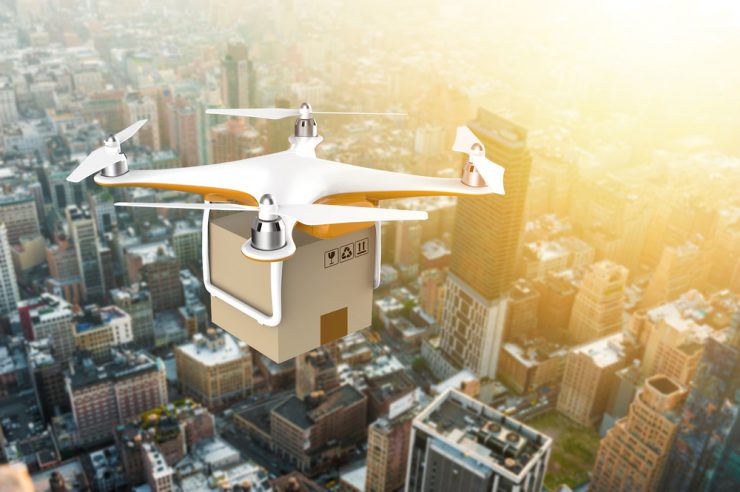The Covid-19 pandemic has slowed down the implementation of UTM programmes around the world, according to the latest edition of “The Market for UAV Traffic Management Services – 2021-2025” report, published on December 31, 2020, by Unmanned Airspace.
The forecast is predicting a global UTM services market worth USD844.4 million for the next five years, a considerable reduction on the planned 2020-2024 planned expenditure, estimated at USD1.65 billion. While long term market estimates remain the same, the next two years will see more modest growth levels than originally forecast, then rapidly accelerating values after 2023 as regulations and standards allow for regular, automated, commercial BVLOS operations in North America and Europe, requiring more complex UTM service support.
In the last 12 months regulators and air navigation service providers have delayed implementation plans for rules and programmes partly as a result of the pandemic and partly as a result of other factors, including uncertainty over future regulations and scalability issues. According to a September 2020 Eurocontrol review of U-space implementation progress among 30 European States, just “seven per cent…reported to have implemented E-registration by 2019, 43% plan to implement it by 2021 and 46% by 2025.”
In terms of drone operations, while Covid-19 has accelerated the demand for medical delivery services it has also slowed the expansion of other sectors, such as construction monitoring and environmental protection, as has been evidenced in the October 2020 findings of the AW-Drones analysis of near-term professional drone services in Europe (Survey on European UAS Operations and Operation Risk Assessment Methods Conclusions https://rps-info.com/global-uas-ops_interim-survey-results_201113/download/).
“Recent (2020) high-level drone industry forecast growth rates show no impact of Covid-19 on the commercial drone market – surely an error,” said Philip Butterworth-Hayes, author of the UTM market survey. “There is likely to be more consolidation among UTM service providers over the next 18 months, but those who have long term guaranteed funding streams are likely to see a major influx of revenues in 2023 and after.”
Once it becomes clear how competition for tactical UTM services will be organised and the role that cities and regions might play in developing their own UTM concepts and procedures, the market value will see another accelerated growth spurt after 2025 as the first UAM operations start.
Although the USA accounts for one-third of all drone operations, its value to UTM service suppliers is relatively small, given the nature of the FAA’s vision for UTM service provision, where suppliers are expected to pick up their own development, maintenance, operational and update costs and fees-per-flight are set at a baseline level. Income streams will depend on value-added services being made available to operators. In contrast, in Canada and Europe, UTM service suppliers are being paid to develop strategic framework systems alongside national ANSPs and further funds will be available for competitive tactical services.
For more information on the report’s contents and conclusions – please visit https://www.unmannedairspace.info/uav-traffic-management-services/ or contact Philip directly at philip@unmannedairspace.info
(Image: Shutterstock)




